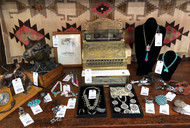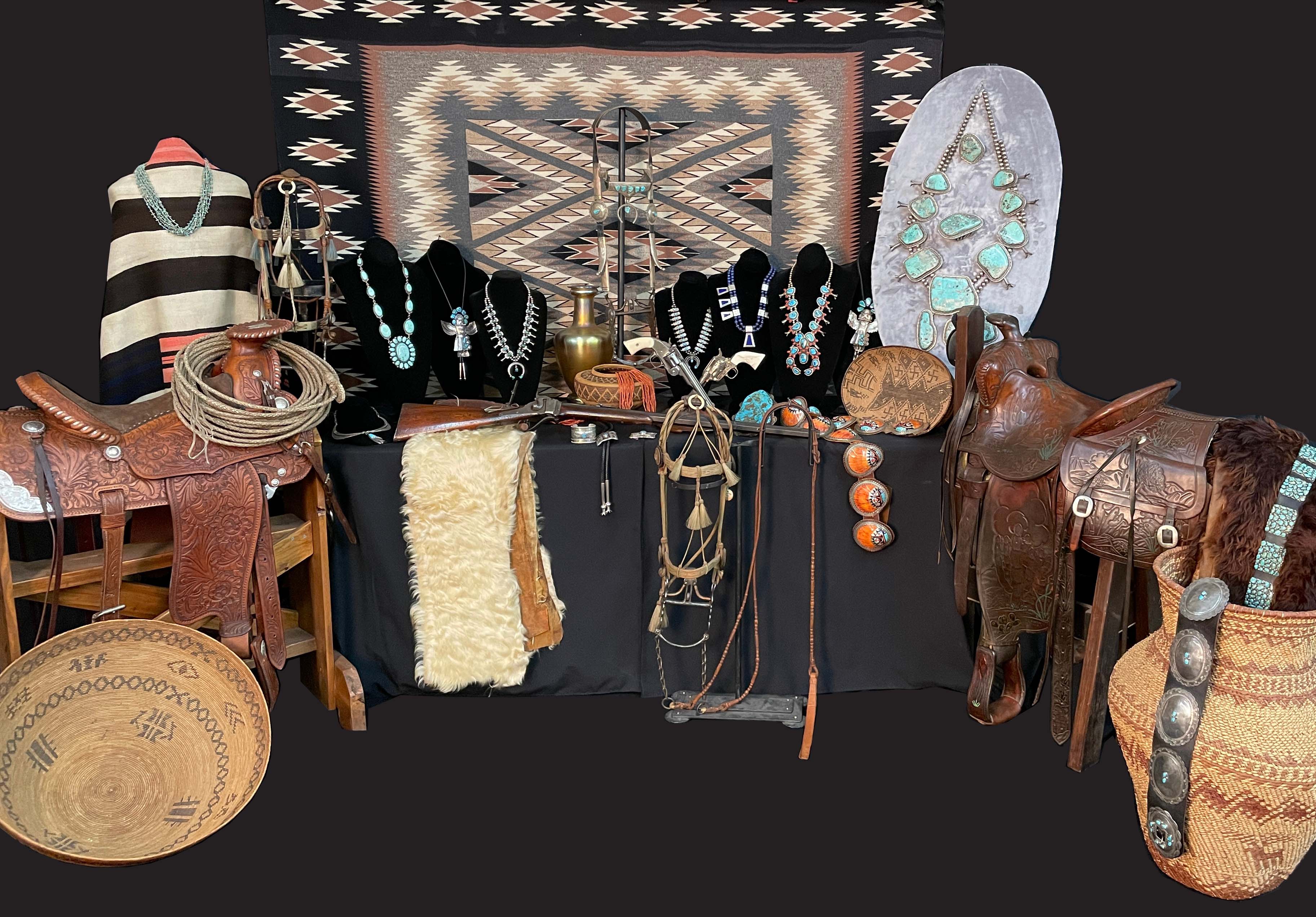Collector's Corner - Valuing Collectibles
Posted by Jim Olson on Feb 4th 2022
Many collector’s wonder about the value of their collectibles. They want to know, “What is my collectible worth?” The simple answer is: An item is worth what a seller is willing to sell it for and a buyer is willing to pay for it—a mutual agreement in price. Boiled down to the very basics—that’s it. There is no reason to read further. Unless…
Think about this. A seller and buyer in Scottsdale, AZ might agree to a higher price for an item than a seller and buyer in say, Sunizona, AZ. Meaning that a seller in an affluent area with good traffic can place a higher asking price on an item, and find a buyer willing to pay that price, then a seller in a smaller or poorer area. So can the price vary from here to there? Hmmm…
That’s the way it’s always been. However, that old way of doing business, whereby prices varied from region to region based on your location, is quickly going by the wayside and becoming the exception rather than the normal. With more people doing business on the World Wide Web, the marketplace is rapidly changing. The internet has made it so easy for buyers to find asking prices of similar items from sellers across the globe and compare them to the price of the item sitting in front of them. And sellers are no longer limited in selling to whatever buyers are in their immediate area (who sometimes may not place as much value on certain items as buyers in other areas). These days sellers can present their products to anyone searching for a similar item anywhere in the world.
But what if, a seller and buyer in Scottsdale, AZ agree to a price, but online another seller sold it to somebody else for half as much, doesn’t that mean the value still varies from place to place? That is one way to look at it. And actually, the value at that certain moment for those respective transactions was in fact determined by the mutual agreement of those respective sellers and buyers, and it did vary. Those types of extremes can and do happen. But does that mean our particular like-kind items are valued and the higher end transaction or the lower one? Or somewhere in between?
First we need to realize that each of the aforementioned cases were probably anomalies in the overall picture. What we need to look for is, day in—day out what are similar items selling for across the board? This has to be determined in order to be more accurate. A good practice is to find recent auction and gallery sales and figure the averages. Find a realistic median price range by looking at a number of recent sales, not just the odd high-end gallery sale or the odd low-end fire sale (which may have extenuating circumstances like a motivated seller who will take less to move it now). Also, forget about looking too much at “asking” prices. Remember, anyone can ask anything they want, but asking and getting are not the same thing. It’s best not to rely on asking prices when determining actual value, find out what has been SOLD!
Also, what was originally paid for an item generally has little bearing on what it’s worth today (unless it was bought recently and the sale can be used to figure into the average range as described above). Things can, and do, go up and down in value depending on market trends. Sometimes things were bought years ago for not much money, yet today they will bring a nice premium. Other items bought years ago may not be so popular now and will not bring what was originally paid. Since there is no “Kelly Blue Book” for collectibles, we have to rely on what similar items are bringing in the current market.
Another factor to consider when determining the value of a collectible is what “type” of value are you seeking? There are basically two types of value placed on items: market value and replacement value. Market value is just that, it is used to determine a fair market value and asking price if you are looking to sell an item in a reasonable amount of time. Market value is what we’ve discussed thus far above. Replacement value on the other hand is usually higher, it is the cost to actually replace an item if it were lost or stolen. This is also referred to sometimes as Insurance value. Of course, many one-of-a-kind items are irreplaceable, but we still have to come up with a number to get as close as possible to replacing the original. And even though other items may be more readily available, we still need to think about what it would take if we had to replace them, right now. These questions are taken into account when an appraiser is doing a valuation for insurance purposes. Remember, it could cost a lot more to actually replace an item in a timely manner than we think, therefore a higher estimated value for insurance purposes is generally given.
However, sometimes people have appraisals done on their collectibles (for insurance purposes) and then believe that is what they should get for the item if selling it. This is almost never the case. Appraised (insurance) value is almost always higher than actual market value because of the other factors which come into play when having to find an actual replacement in a timely manner, as mentioned above.
When determining the value of your collectibles, a reputable dealer or appraiser is usually a good place to start. Other collectors and the internet are also resources. A word of caution however with regards to using the internet and other collectors for your information: remember, you will also find a lot of mis-information and biased opinions online and from other collectors (who often very are passionate about their items), so consider the source and look for information objectively like a dealer or appraiser would. There is a lot of work that goes into sorting through all the BS to find solid data. Once you do, find an aggregate range and you should be pretty close.
At the beginning of this discussion, the question was put forth, “what is my collectible worth?” As it turns out, it’s not just as simple as “what a seller is willing to accept and a buyer is willing to pay” because to be thorough, it’s really the average of several of those transactions if you want to know the true current market value. It also depends on whether you are seeking value to sell (market value) or for insurance purposes (replacement value).
Jim Olson © 2021


